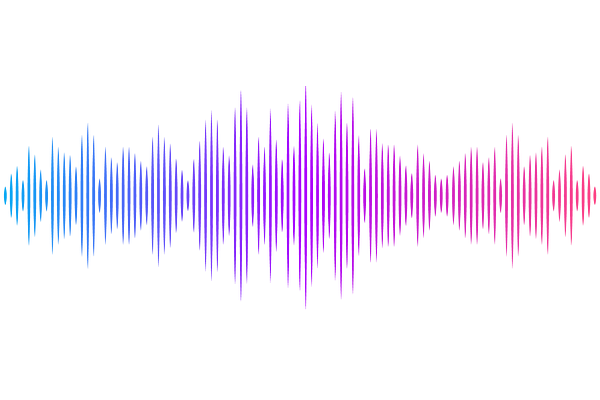Constraining self-interacting ultrahigh-energy neutrinos by cosmic microwave background spectral distortion

Constraining self-interacting ultrahigh-energy neutrinos by cosmic microwave background spectral distortion
Pravin Kumar Natwariya, Shibsankar Si, Alekha C. Nayak, Tripurari Srivastava
AbstractThe neutrino telescopes have firmly established the existence of ultra-high-energy (UHE) neutrinos. Observations of these neutrinos offer a unique probe of neutrino self-interactions. This work investigates how the self-interacting neutrinos, mediated by scalar bosons, inject energy into the medium through radiative scattering with the cosmic neutrino background, leaving an imprint on the Cosmic Microwave Background (CMB) spectrum. The energy injection into plasma in redshift ranges, $5\times10^4\lesssim z\lesssim2\times10^6$ and $ z\lesssim5\times10^4$, leads to $\mu$-type and $y$-type of CMB spectral distortions, respectively. Using observational constraints from Cosmic Background Explorer/Far Infrared Absolute Spectrophotometer (COBE/FIRAS) and projected sensitivities from Primordial Inflation Explorer (PIXIE) experiments for $\mu$-type and $y$-type CMB distortions, we derive the stringent upper bounds on the self-interaction coupling strength as a function of mediator mass for neutrino interactions. We focus on flavor-specific self-interaction related to muon neutrinos and sub-GeV mass mediators ($m_{\phi}$). We find the upper bound on the self-interaction coupling strength to be $\sim 3.1\times 10^{-5}$ for the muon neutrino, considering UHE muon neutrino energy to be 1 PeV and PIXIE projected upper bounds on $\mu$-type CMB spectral distortion. The bound remains constant till the mediator mass reaches the center of mass energy, and after that, it gets relaxed and becomes proportional to the mediator mass. We have also compared our results with existing bounds in the literature. Our findings indicate that CMB spectral distortion could play a decisive role in exploring neutrino physics beyond the standard model of particle physics, and future missions like PIXIE can provide valuable insights.